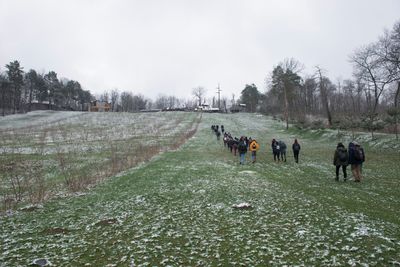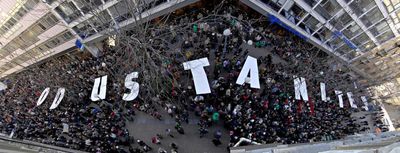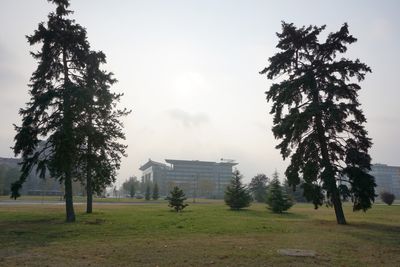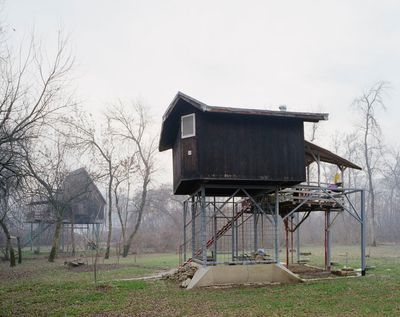Beograd Unbuilt (1/2)
Project for Public Landscapes
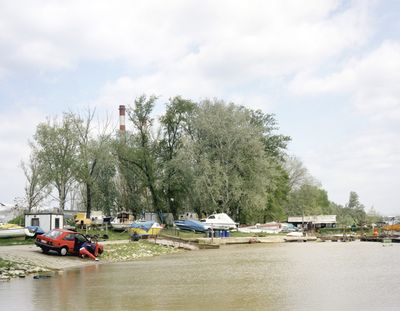
PROJECT FOR PUBLIC LANDSCAPES—BEOGRAD UNBUILT will focus on the urban body formed by Belgrade’s many green islands and open spaces enclosed within the built fabric. Emerging in the city from diverse historical circumstances and geographical backgrounds, today many of these public landscapes remain in a precarious state: some are deeply anchored in the collective memory but have become largely obsolete in the present; others are encumbered with private interest, considered only placeholders for development to arrive.
Belgrade extends across three distinct ecologies. At the confluence of Sava and Danube, the floodplains of the two rivers meet the folded landscapes of the Sumadija Upland, and the vast Pannonian Plain. Since the early nineteenth century, the growing city has infringed upon once open lands. These include old public destinations in urban forests and nature areas such as Topcider and Avala, modernism’s representational green spaces such as the Park of Friendship, the forgotten Second World War memorial grounds, and even haphazard wastelands leftover in the field of recent informal construction. Flanked by nature reserves and flood plains, the interrupted riverbanks along the Sava and Danube are riddled with recreational areas, leisure facilities and former industry.
Stabilised over long historical period as essential urban “voids” within the evolving city fabric, these enclosed landscapes have materialised the paths and symbols the city’s public rituals, its power geometries and its geographical necessities. Today, each of these landscapes represents a complex and specific urban form intertwining ecology with leisure, power and memory.
With the most recent major paradigmatic passage from socialist to post-socialist era, like much of Belgrade’s built-up urban space, these green islands in the city are once again changing profoundly. Having fallen victim to the post-socialist “memory wars”, shrinking public sector and economic hardship, their uses and meanings in most cases keep eroding together with their green bodies. Socio–spatial practices of the post-socialist city have yet to discover ways in which the many neglected destination points, monuments and fading landscape architectures, now hidden in the green, can be re-inhabited in the present time.
Together these public landscapes create a major and necessary urban project for the city of Belgrade. Amidst often conflicted political interests projected in urban space, the idea of public landscape can begin to serve as crucial common ground. In the light of the city’s ravenous development, both formal and informal, we propose to rethink once again the meaning of the UNBUILT, and envision its contemporary form. The core of the research and design studio will be an integrated field trip to Belgrade during the seminar week. We will explore the city and conduct in-depth surveys on a range of public landscapes, in order to arrive at first project hypotheses for the selected sites. Public events and reviews will be held in both Belgrade and Zurich. The studio will result in a common book of drawings and images, and physical models.
METROPOLITAN PROJECTS
A Project for Public Landscape—Beograd Unbuilt is the first semester in the new series of metropolitan investigations and projects at the chair of Architecture of Territory starting in spring 2018. Each semester of this series will address a particular metropolitan theme or phenomenon, by means of design. After Belgrade and public landscape, we will work in different cities on projects concerning infrastructure and mobility, housing, urban resources and so on. Each studio represents a collective project, where individual students work together towards building a metropolitan vision.
PROGRAM
The semester offers an intensive fieldwork and studio program, with an opportunity for 18 students to focus on metropolitan-scale research and design. The outcome will be urban and architectural interventions within the public realm of the city. Architecture of Territory’s approach enables students to work with a wide range of methods and sources pertaining to city and territory, including ethnographic research, literature, architectural and urban design precedents, urban theory, photography and visual art. We are looking for avid travellers and team workers with high motivation and independent position.
COLLABORATION
The project will benefit from an academic exchange with the Department of Architecture and the Faculty of Forestry at the University of Belgrade. The collaborative exchange will take place in the form of design workshops during the field trip to Belgrade. The studio will also engage with a variety of local experts and institutions from Belgrade’s public life and build in-depth knowledge about the city. The collaboration will result in an exhibition and a publication in the end of 2018.
PROCESS AND RESULT
The semester consists of an investigative journey into the city of Belgrade, and intensive studio sessions with fellow students, the teaching team and guests. Students will work in groups of two. All projects will compose a common vision for the public landscape of Belgrade. Students are free to choose from a variety of representations and approaches to build a concise research narrative and conclude with a self-set brief in the first half of the semester. The second half will consist of developing a design proposal for a specific site. The final work will be represented in the form of drawings, images and physical models recorded in a book. All projects will be made public on Architecture of Territory website.
TRAVEL
An investigative journey constitutes the core of the project. Travelling through the territory, we will experience its complexity and beauty. Our journey will entail curated walks through the city, boat trips and hikes followed by workshop sessions with local tutors to reflect on our findings. Students will have additional time for individual research and documenting their project sites. The integrated seminar week will take place from 17th to 24th of March 2018. Cost frame B.
Credits
Design Studio (13 ECTS), Integrated Seminar Week (2 ECTS), and Integrated Discipline Planning (3 ECTS). Places: 18 Students
